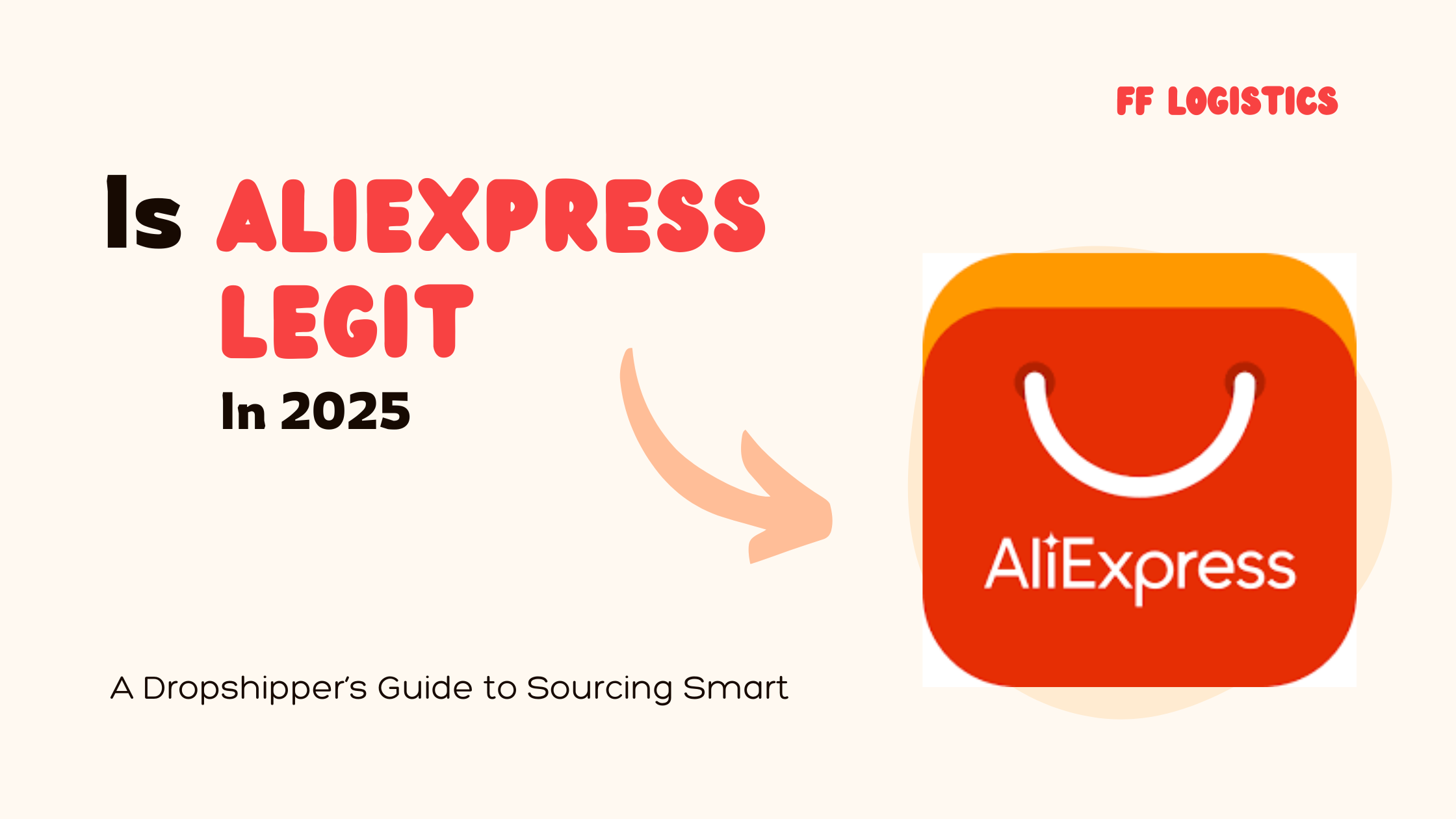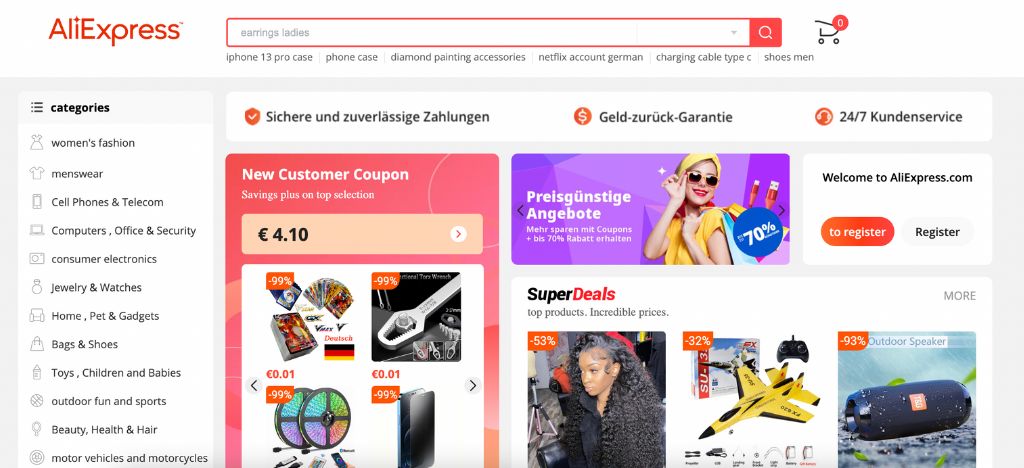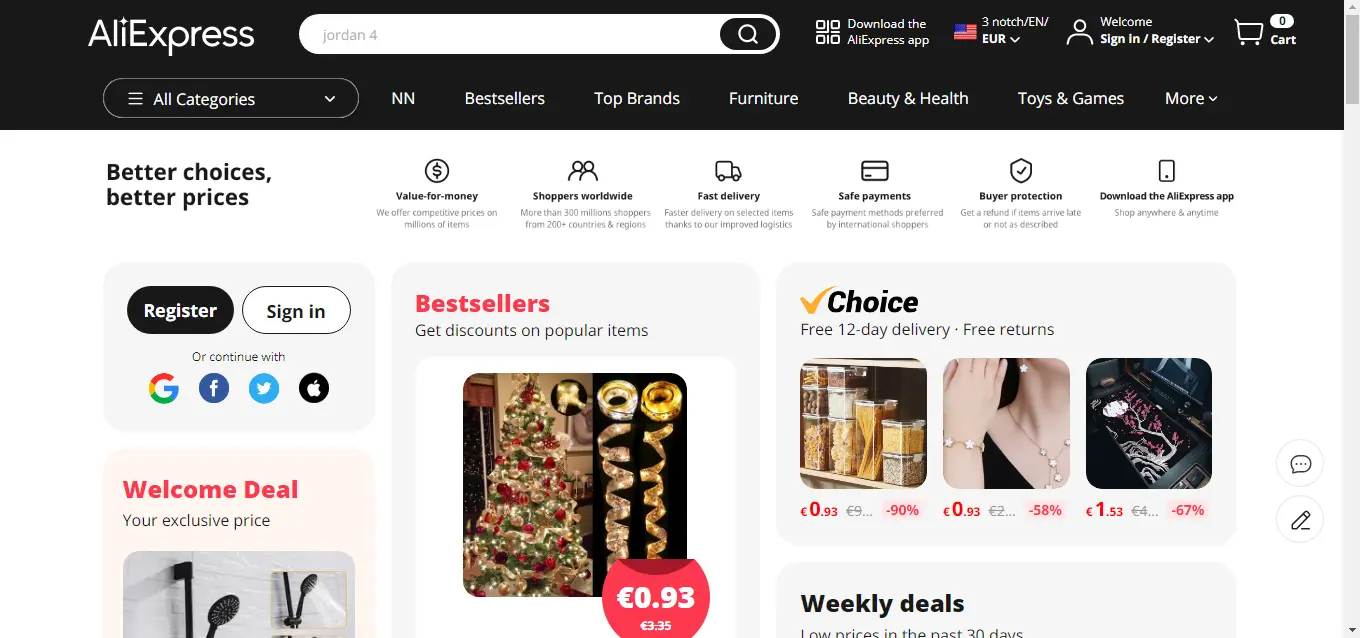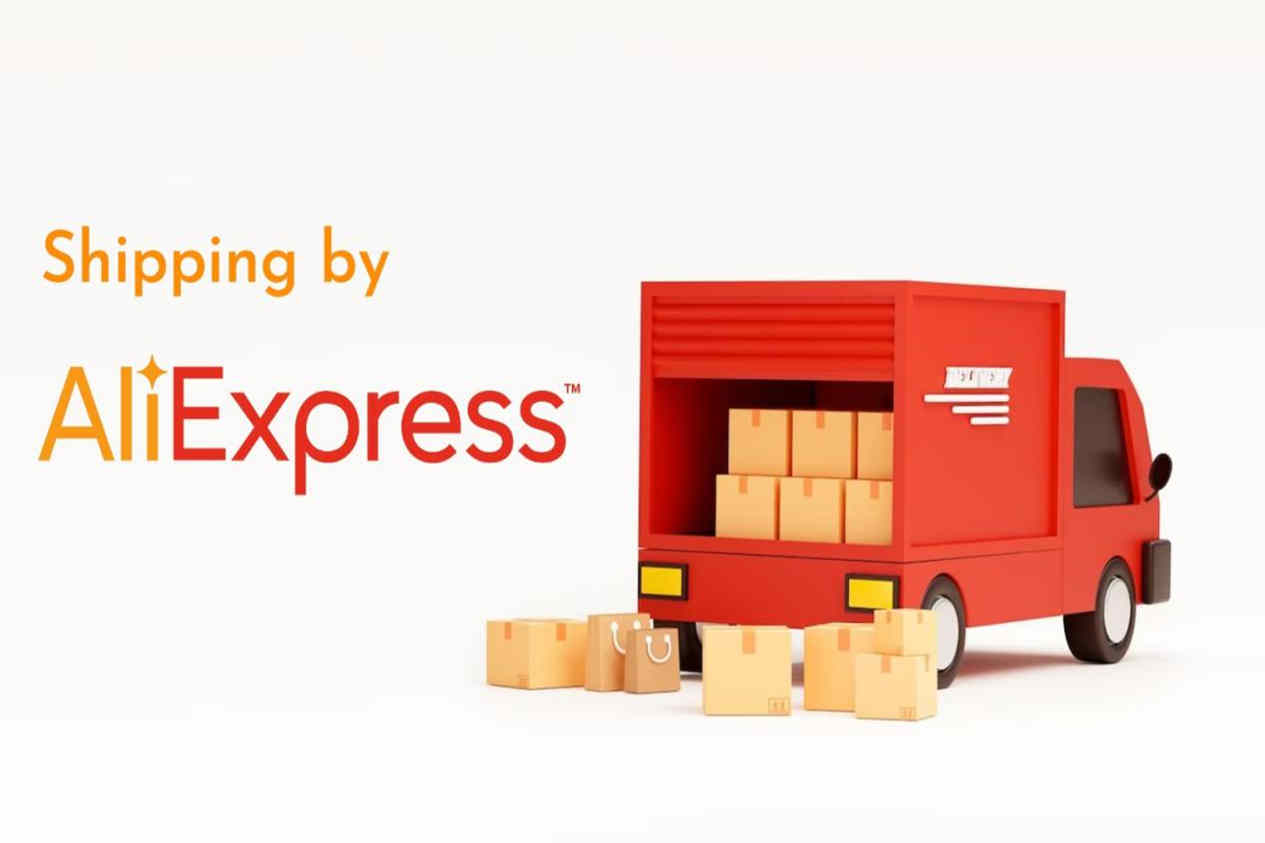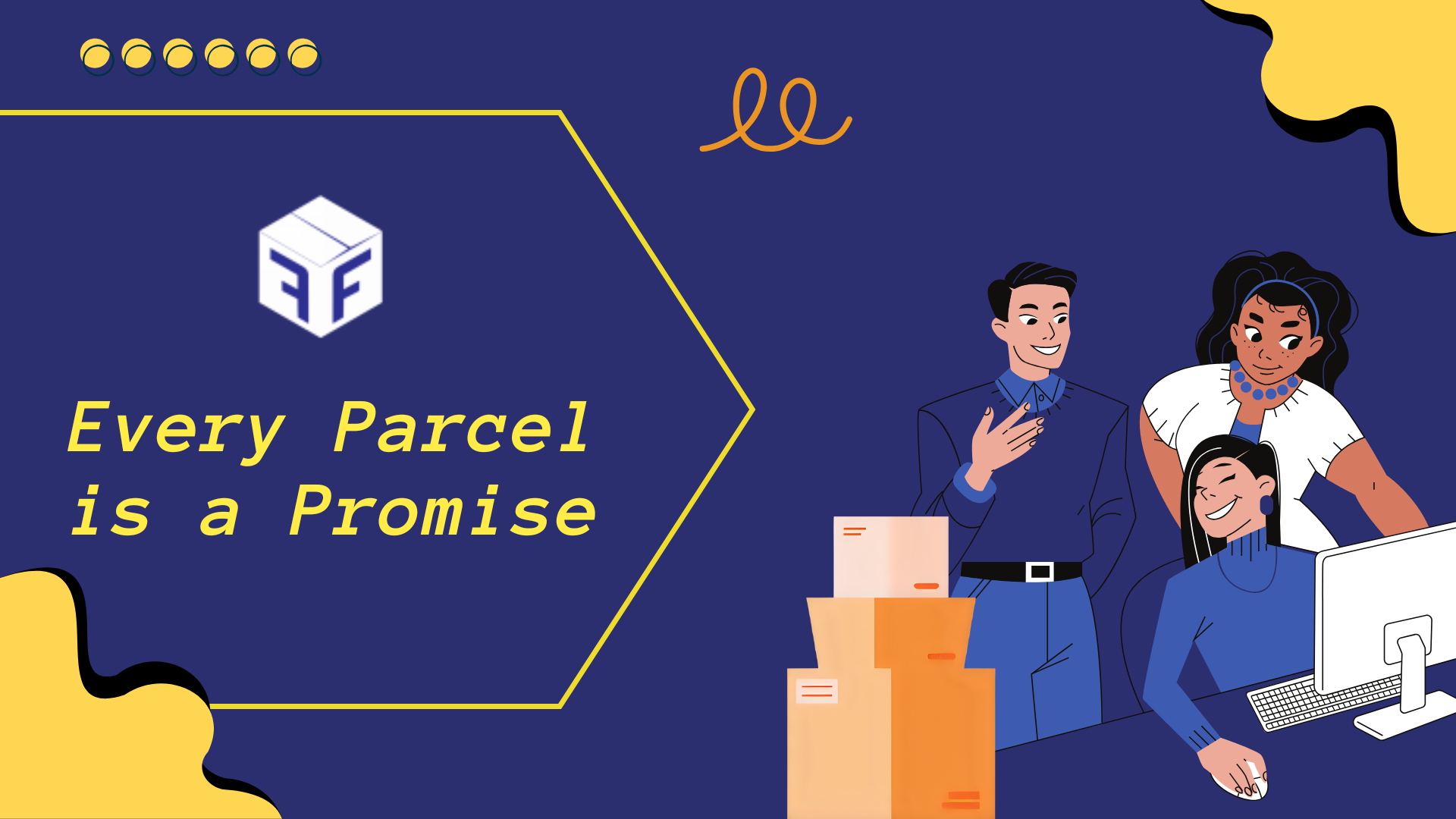Table of Contents:
Introduction: AliExpress – A Gateway or a Gamble?
1. What Is AliExpress and How Does It Work?
3. Why Is AliExpress So Cheap?
3.1: What Modern Dropshippers Expect in 2025
3.2: A Real-World Scenario — What Could Go Wrong?
4. The Hidden Costs of AliExpress Fulfillment
5.Alternatives to AliExpress for Growing Brands
6.Final Verdict: Is AliExpress Worth It in 2025?
Introduction: AliExpress – A Gateway or a Gamble?
1. What Is AliExpress and How Does It Work?
To stay safe, experienced sellers recommend:
• Checking seller reviews and transaction history
• Using ePacket or AliExpress Standard Shipping for tracking
• Testing products yourself before scaling
• Avoiding hot seasonal items with high risk of stockouts
Still, these strategies only mitigate — not eliminate — the risks.
🔗 Related: Why Your Shipping Speed Matters More Than Ever
3. Why Is AliExpress So Cheap?
• Lower labor and manufacturing costs in China
• High competition among sellers driving prices down
• Economies of scale from bulk suppliers breaking up large orders into small ones
However, what you save in cost may be offset by hidden expenses:
• Longer delivery times mean more refund requests
• Inconsistent branding can hurt your store’s image
• Customer dissatisfaction leads to poor reviews or chargebacks
A $2 product might actually cost you $10 in customer service headaches if it arrives late or broken.
3.1: What Modern Dropshippers Expect in 2025
• Fast shipping with real-time tracking
• Reliable communication about delays or issues
• Branded packaging that reflects the quality of the store
🔗 Learn more about building a scalable dropshipping operation
3.2: A Real-World Scenario — What Could Go Wrong?
Let’s break down a real-world example that we’ve seen many times:
• Week 2: Customers start messaging, “Where’s my order?”
• Week 3: A few open PayPal disputes or post negative reviews.
• Week 4: You realize your AliExpress seller ran out of stock — but didn’t tell you.
• Week 5: Your Facebook ad account gets flagged for poor feedback.
• Week 6: You’re spending hours a day on customer service instead of scaling.
Now imagine you had a 3PL partner:
• They alert you to stock levels in real-time
Happier customers, stronger reviews, lower stress, and a store that actually grows.
4. The Hidden Costs of AliExpress Fulfillment
• Faster dedicated lines to the U.S./EU
• Local warehousing and order consolidation
• Branded packaging and real-time tracking
🔗 Curious about switching to 3PL? Read our guide to choosing the right fulfillment partner.
5. Alternatives to AliExpress for Growing Brands
If you’re scaling your store, you probably want more:
• Test products via AliExpress
• Migrate winning SKUs to a 3PL like FF Logistics
6. Final Verdict: Is AliExpress Worth It in 2025?
• Unpredictable delivery times
• No control over packaging or experience
• Higher refund and dispute rates
Ideal for long-term brand building? Not really.
That’s where modern 3PLs come in — bridging the gap between affordability and professionalism.
AliExpress is a powerful tool — but only when used strategically. Know its strengths, work around its weaknesses, and don’t hesitate to upgrade when the time is right.
If you’re ready to stop worrying about whether your packages arrive on time or in one piece, maybe it’s time to move beyond AliExpress and invest in a fulfillment solution designed for scale.
✅ Looking for a reliable China-based 3PL? See how FF Logistics can support your brand.
Copyright © 2025 FF Logistics Ltd. All rights reserved.

